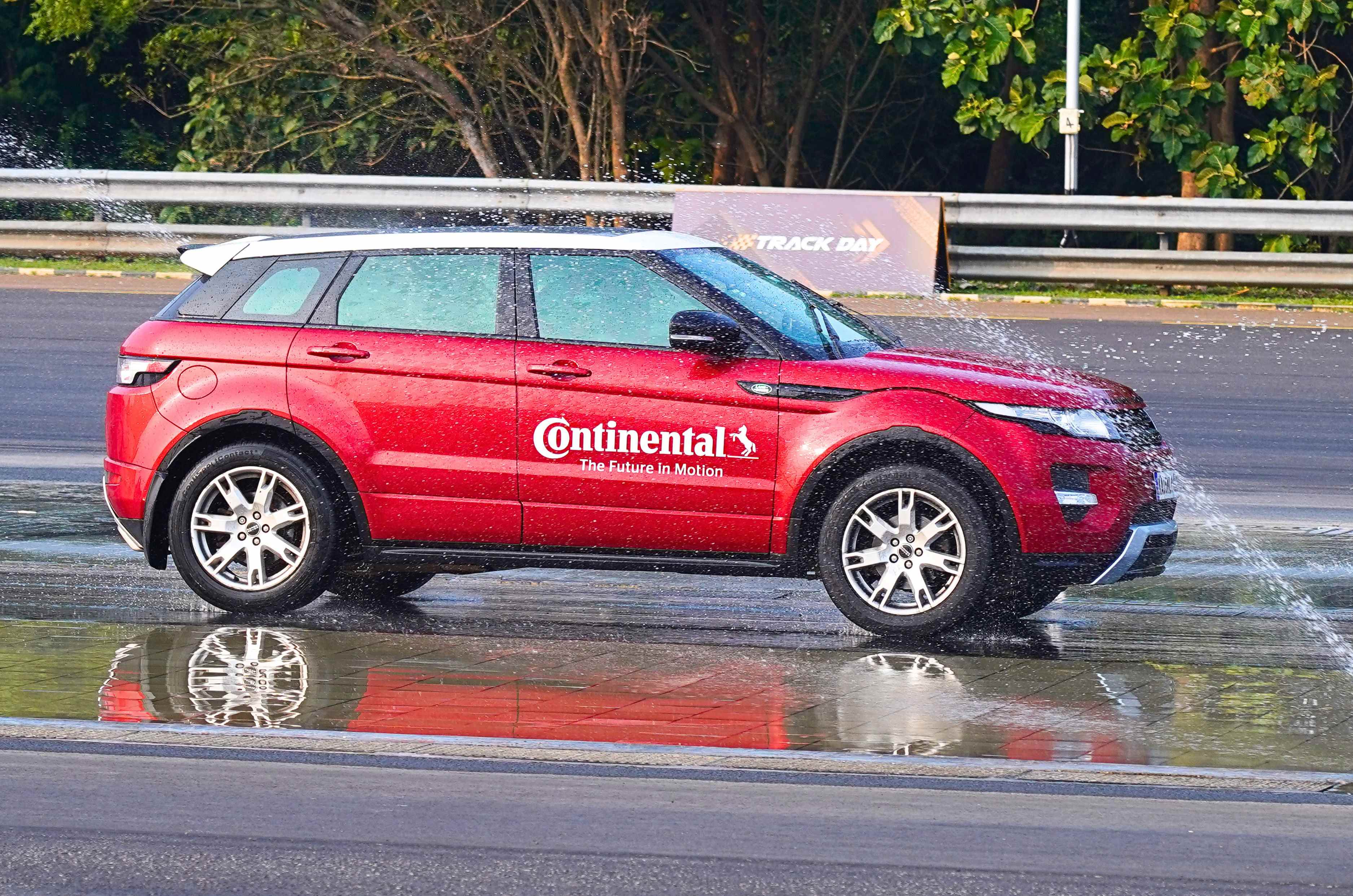
Continental recently introduced its ContiSeal and Premium Contact 6 tyres in India. The ContiSeal is available in sizes ranging from 15 to 22 inches, while the latter is available between 17 and 20 inches. We were at the Wabco Proving Ground in Chennai to witness both in action; however, the Premium Contact 6s were not available for testing. So, this is just a brief account of our experience with the ContiSeal tyres.
What is Continental ContiSeal and how does it work?
As the name suggests, ContiSeal’s USP is that it can seal small punctures immediately. It has a viscous sealant just beneath the tread layer that quickly seals the area, ensuring you don’t get stranded. Interestingly, unlike normal tubeless tyres where the air slowly leaks out, on the ContiSeal tyres, because of the sealant, one can continue driving even if the nail gets dislodged.

Before heading to the track, we were shown a demonstration of a Range Rover Evoque shod with these tyres driving over nails. The nails were tiny to look at, but Continental claims that the sealant can, well, seal punctures as wide as 5mm.
Continental ContiSeal dry and wet braking
After the demonstration, the same SUV rolled onto the track for us to try out the wet and dry braking. In the dry braking test, there were two sets of cones 50 metres apart. The instructors asked us to accelerate to 60kph and step hard on the brakes once we crossed the first set of cones; the aim was to stop before reaching the second set.
We then repeated these steps on the wet braking track, and it was amazing to see the tyres track straight despite braking hard on the wet, slippery concrete. We expected that the tyres must have lost air and would not last on track, but they proved us wrong and handled it all very well.